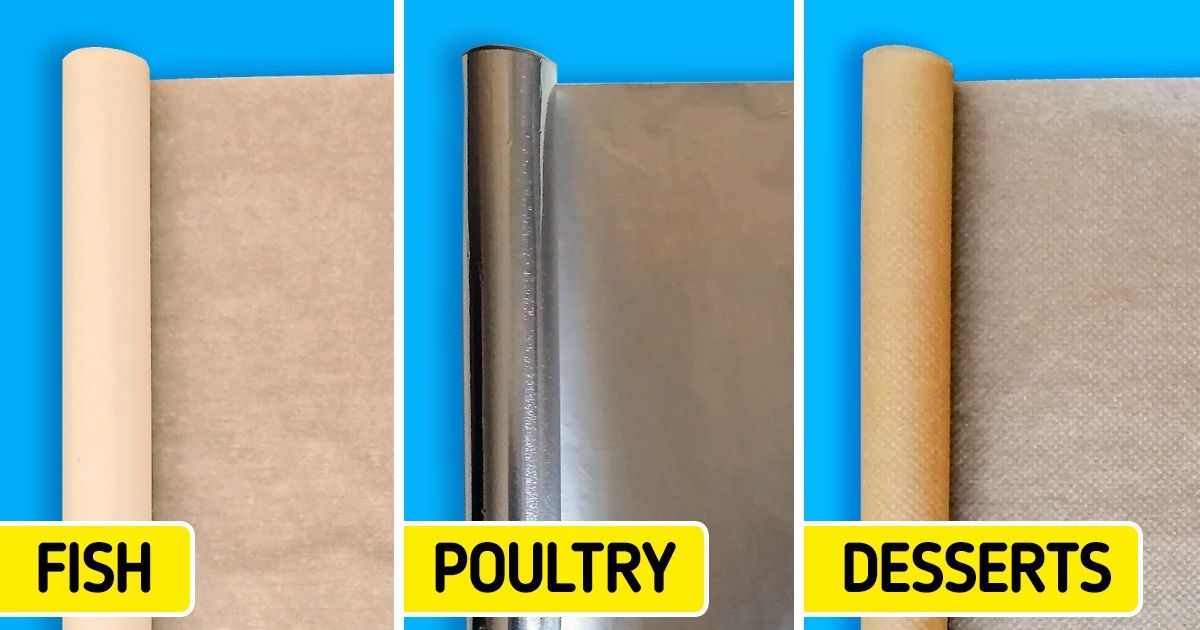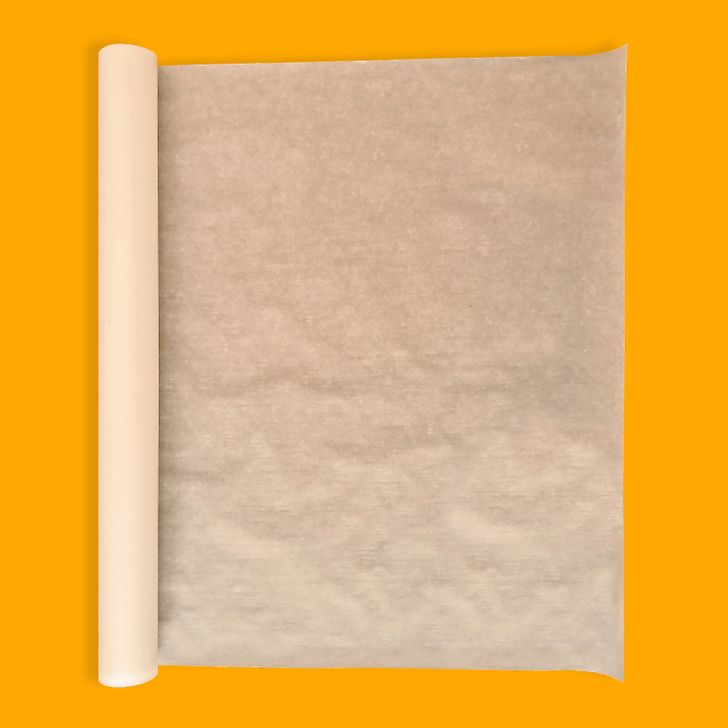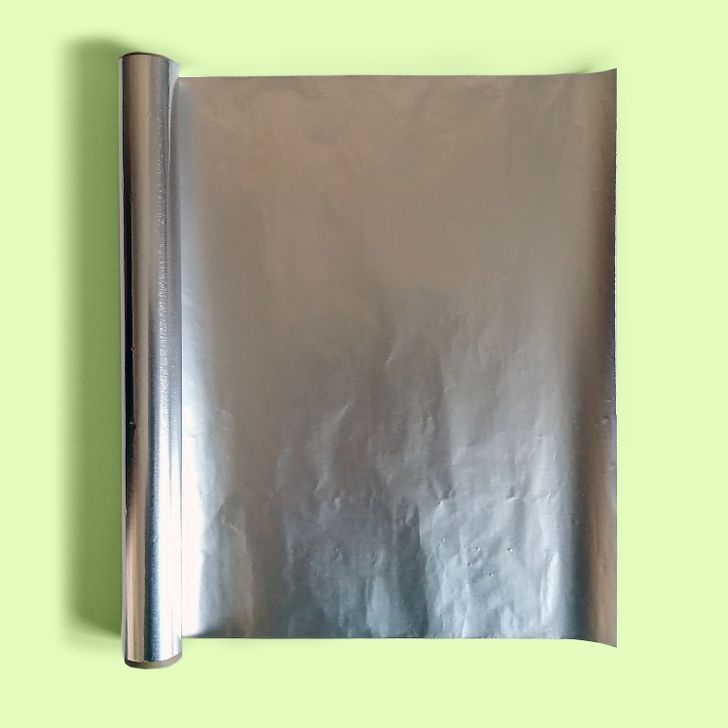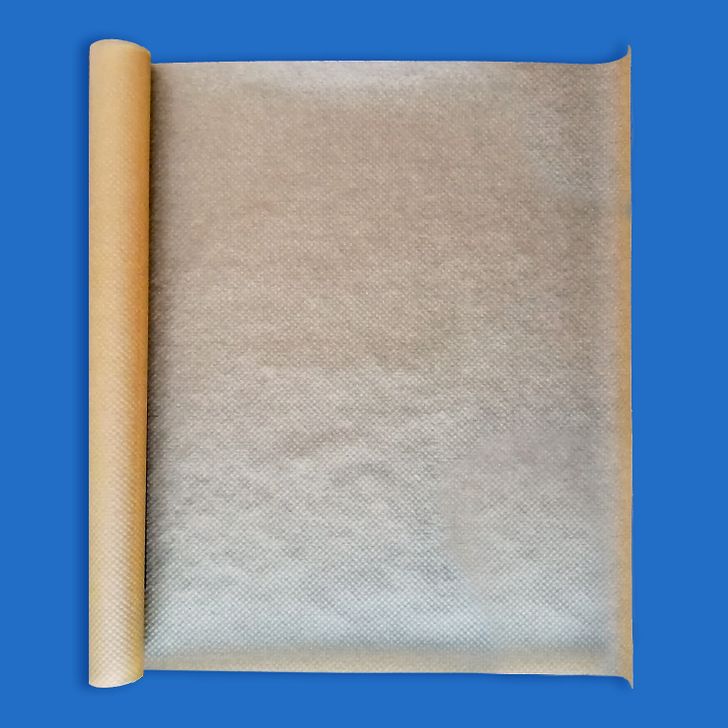Parchment, Foil, or Wax Paper: What to Use in the Kitchen

Parchment, foil, and wax paper are often used to bake meals in the oven and for other purposes. The difference among these materials is not very obvious and the choice among one of them seems like a matter of taste.
5-Minute Crafts is going to tell you about the differences between parchment, foil, and wax paper and how to use them in the kitchen.
1. Parchment

Parchment is a natural paper that is really thick. It’s usually used for frying or baking because it makes a barrier between food and the dish and it’s easy to do the dishes afterward.
Parchment can be used in the oven at temperatures of up to 220°C. Besides, a small sheet of paper can be put on top of the food you are going to heat up in the microwave so that it doesn’t splash inside.
Parchment can be brown or white. The white paper is processed with chlorine but it is not harmful to your health.
What it’s best for:
- baking cookies and cakes
- roasting fish and vegetables
- heating up food
2. Foil

Foil is a thin sheet of soft metal. In cooking, it’s used for baking foods with a soft structure. It helps keep whatever you’re baking from losing moisture and it helps retain the structure of your food.
Foil is safe to use in the oven but don’t put it into the microwave oven because it could lead to a fire.
What it’s best for:
3. Wax paper

Wax paper is made by putting a layer of wax on the surface of thin paper. This layer is safe and can be used in food production.
Wax paper is irreplaceable in cooking meals with a soft and sticky structure. For example, candy, or desserts. But unlike parchment or foil, it can’t be used in the oven at high temperatures.
What it’s best for:
- making candy
- making desserts, like strawberries dipped in chocolate
- separating pieces of cookies and other desserts for storage them (wax paper prevents them from sticking to each other)
- storing hard cheeses